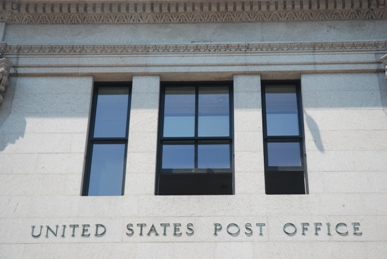Trending
Will ‘postal banking’ keep more post offices open?

Could local post offices diversify from mail delivery into banking services for Americans not served by conventional banks?
In recent years, more than 200 U.S. Postal Service locations have closed amid a decrease in the volume of First Class mail as Americans increasingly use email instead.
The American Postal Workers Union, which represents employees of the Postal Service, is pushing the mail-delivery institution to start offering banking services to Americans who don’t have conventional bank accounts.
In a report last year, the USPS Inspector General calculated that diversification into “postal banking” could generate about $9 billion in extra annual revenue for the Postal Service.
The USPS already sells some financial services and has a long history of doing so. The Postal Service offers international money transfers and money orders, and it dominates the money-order business nationwide. The Postal Service previously served as a depository that peaked in 1947, when it held $3.4 billion from more than 4 million depositors.
But allowing “postal banking” would be a mistake, according to Chris Edwards of the Cato Institute, editor of its online publication “Downsizing Government.”
Edwards favors privatization, not diversification, of the Postal Service, citing Germany’s success in privatizing its mail delivery service Deutsche Post. [CBS News] — Mike Seemuth




